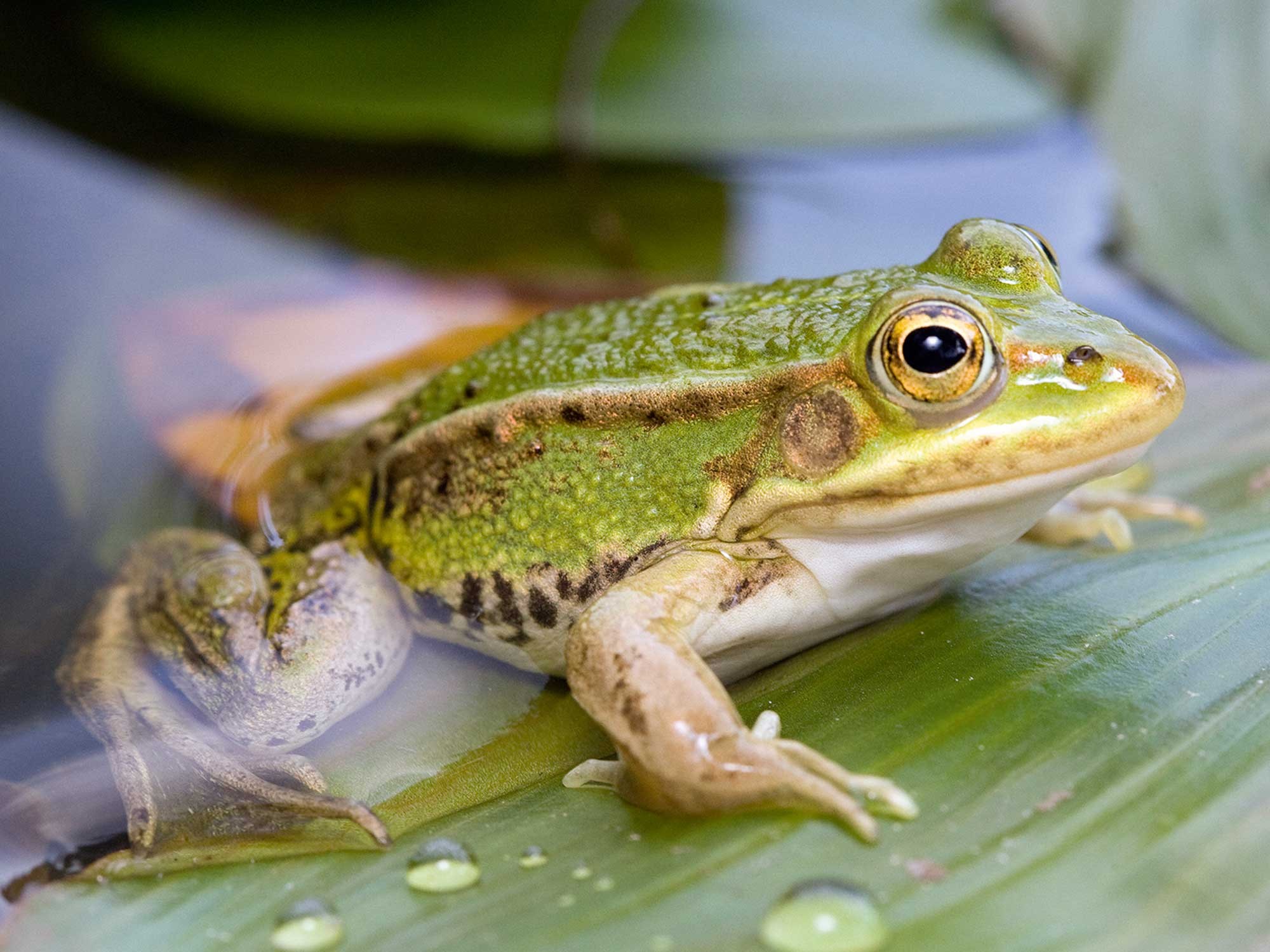
Meet the frog with a Norfolk accent
It was thought to be a foreign import and to have become extinct over 20 years ago, but the pond frog Rana Lessonae is actually Norfolk through and through – and has now come home
In January 2005, the international scientific journal Biodiversity and Conservation published a paper written by eleven authors including renowned molecular ecologist Trevor Beebee of the University of Sussex, Jim Foster of the Amphibian and Reptile Conservation Trust, Charles Snell of the University of Greenwich, and Inga Zeisset from the University of Brighton.
The result of 10 years’ worth of painstaking research, the paper was given the rather understated title of Neglected Native or Undesirable Alien: Resolution of a Conservation Dilemma Concerning the Pool Frog Rana Lessonae – a title which somewhat downplayed its significance.
For the paper helped bring about the reintroduction of a long-lost native species of frog to Norfolk, a humble amphibian that was long thought to have been an intrusive foreign import and to have died out almost 20 years previously.
Over the course of a decade, the team of academics managed to identify the northern pool frog (rana lessonae) as a genuinely English and specifically local species by genetically linking it to colonies in Scandinavia and by listening to its distinct Norfolk accent.
It was a particularly important discovery, as until then it had been generally accepted that only six species of amphibians were native to Britain – including the single frog known as the common frog (rana temporaria).
All our other amphibians, frogs included, have come from Europe; indeed, out first immigrant frogs were introduced to several sites in Norfolk back in 1837. However, these were ‘edible’ frogs, and when interest in documenting local wildlife populations was awakened in the 1960s, a number of ‘pool’ frogs were recorded in Norfolk. So where did these little creatures come from?
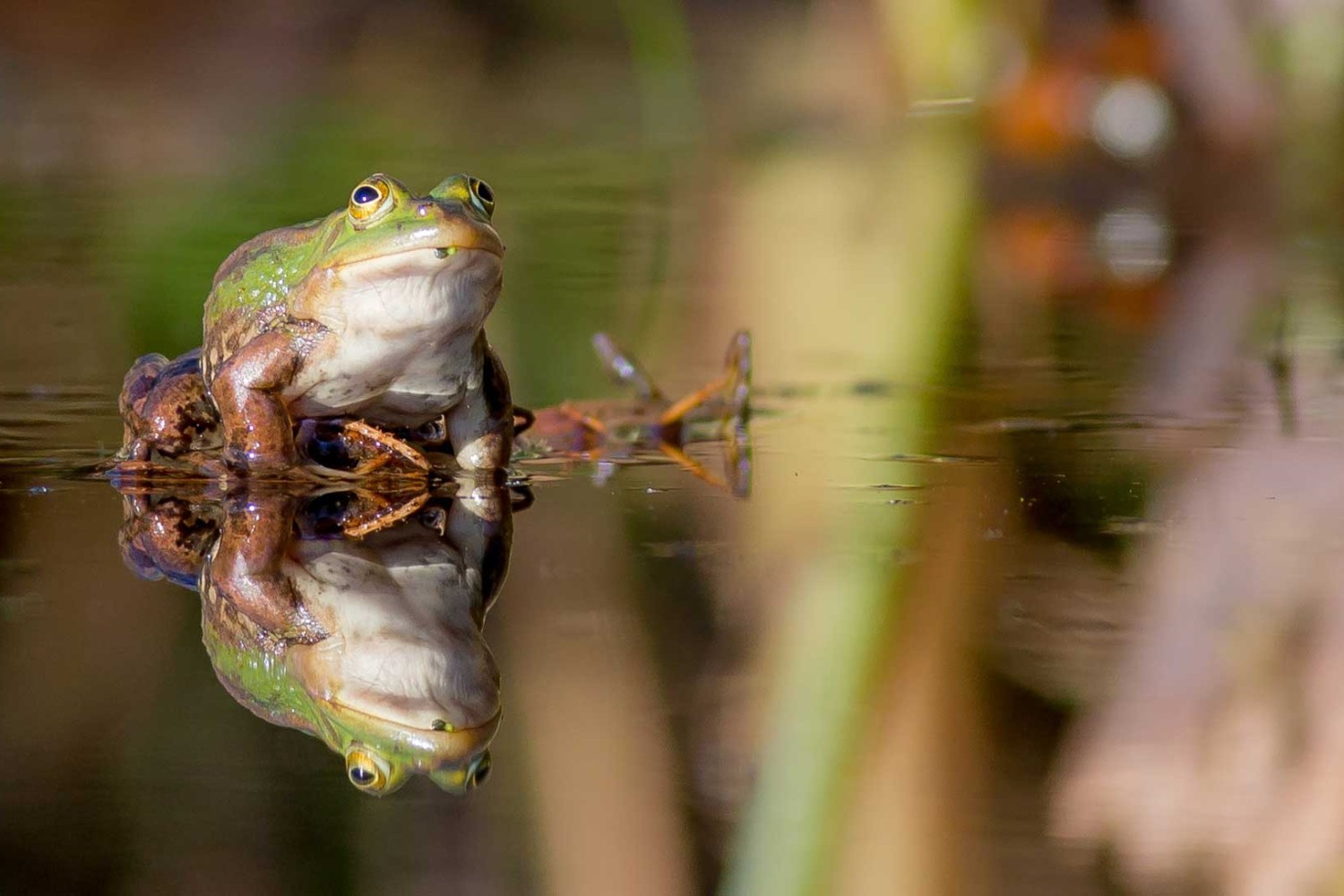
If they’d always been in Norfolk, then they would certainly become England’s most endangered amphibian; by the middle of the 19th century the frogs were only known in one single site, and they were finally thought be extinct in the wild in 1995, the last individual frog surviving in captivity until 1999.
For the next six years, no one seemed particularly concerned about it, as the frogs remained in good shape elsewhere in Europe (especially in Scandinavia); from whence they were assumed to have originated in the first place. But the findings of the University of Sussex team that the pool frog and its Norfolk-accented mating call originated on home soil led to a project to (quite literally) bring it home.
“By showing that pool frogs were recent inhabitants of this country we helped pave the way for their reintroduction,” said Professor Beebee, lead author of the paper and a leading authority on the conservation biology of amphibians. “If that works – and if it works well – it will significantly increase the amphibian diversity of Britain.”
In August 2005, Beebee and his colleagues in the Pool Frog Species Action Plan (led by English Nature and The Herpetological Conservation Trust) released 75 northern pool frogs from Sweden into the wild at a secret location near Thetford. They’d been captured from the wildlife-rich region of Uppsala, in south central Sweden, with the full (if somewhat wry) support of the local government.
“We’re delighted to be helping with the project,” said Jenny Evred of the Uppsala County Administration Board, “and it’s very satisfying to see our Swedish frogs hopping over to England for a good cause!”
And thanks to those Swedish frogs, it was a good cause that worked.
Five years ago, the Norfolk Wildlife Trust announced it was releasing a group of northern pool frogs at NWT Thompson Common; the site where the last known colony had died out in the 1990s.
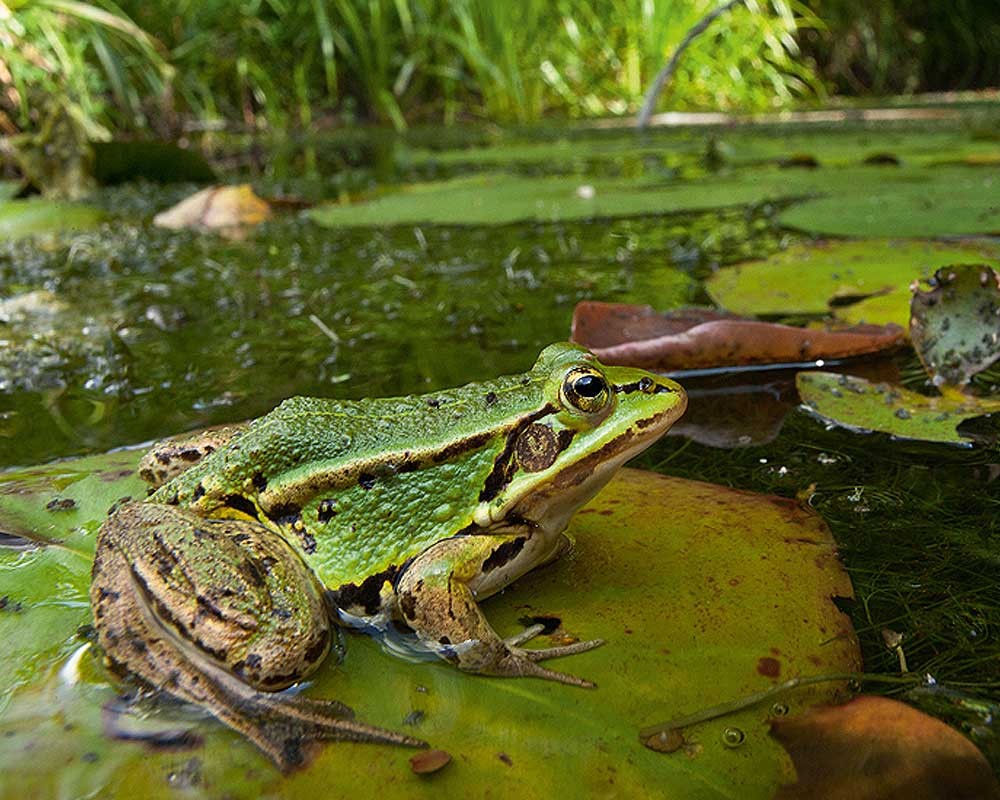
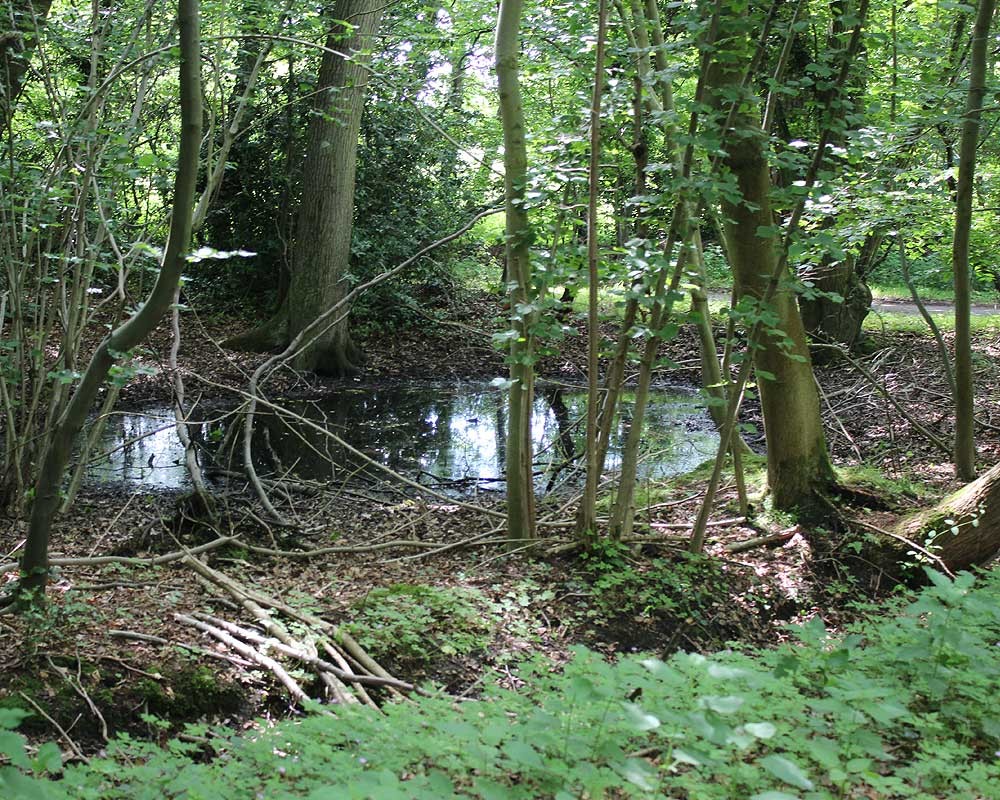
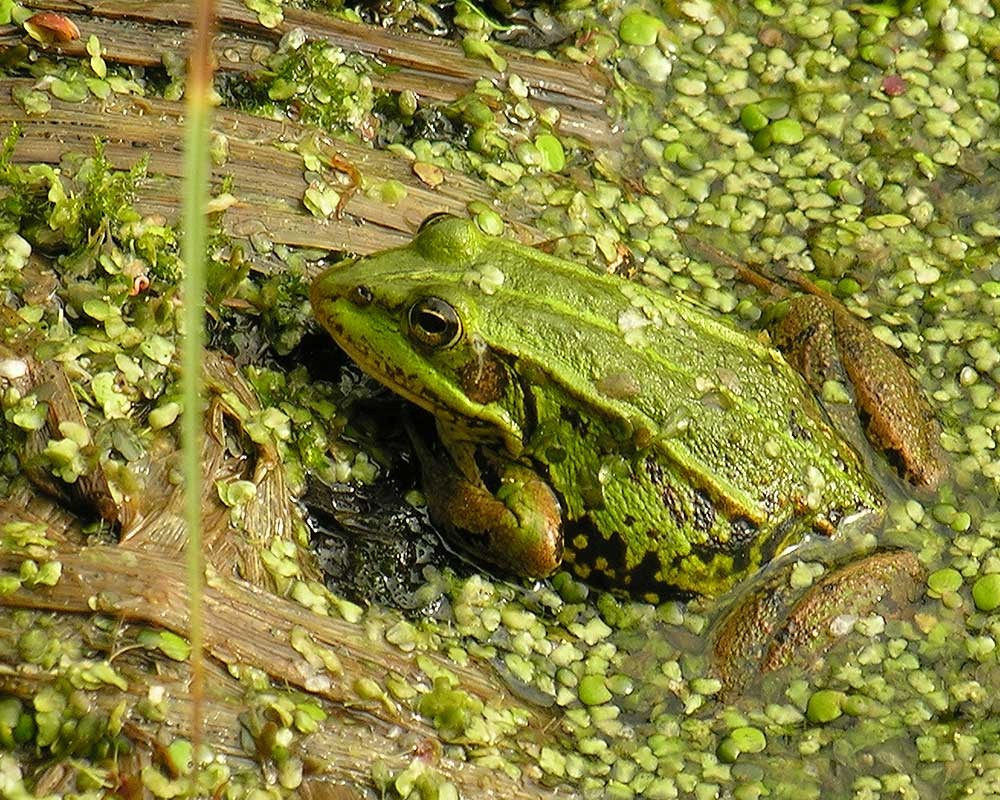
It was part of the three-year Breaking New Ground Landscape Partnership Scheme, and was only one of 37 projects being delivered in the Brecks to celebrate and enhance the area. Using the latest approaches to recovering lost species, Norfolk Wildlife Trust worked with Amphibian and Reptile Conservation to plan the frogs safe return.
“The news is often filled with disheartening stories of species being lost from England’s degraded landscapes,” said Yvette Martin of Amphibian and Reptile Conservation. “Yet now we’re demonstrating that even nationally-extinct species have a chance to return. The northern pool frog is a fantastic example of how we can work together to bring species back – for their own sake and for future generations to appreciate.”
The frogs are currently living in a part of Thompson Common closed to the public so they can settle in undisturbed, but it’s hoped they’ll spread naturally to public areas of the site over the next few years.
And as for that Norfolk accent, it really is based on science rather than folklore. It seems that the croak of ‘our’ northern pool frogs has taken on a “characteristic inflection” and is very different when compared to the mating calls of its Scandinavian relatives; the result of the frogs listening to different frequencies in different places.
“It was fascinating to detect subtle differences in mating calls as I sampled pool frog populations across Europe,” said Dr Julia Wycherley, who carried out the bioacoustics research into the mating calls. “Those of Norfolk and Scandinavia generally had a lower pitch, and this in turn gave the frogs’ calls a unique local accent.”
So keep your ears open. If you hear a frog calling ‘rearbit, rearbit’ instead of ‘ribbit, ribbit’ you’ll know exactly what you’re listening to.
Photography by National Trail / Jiri Bohdal / Dave Giles / Arthur Tiutenko
